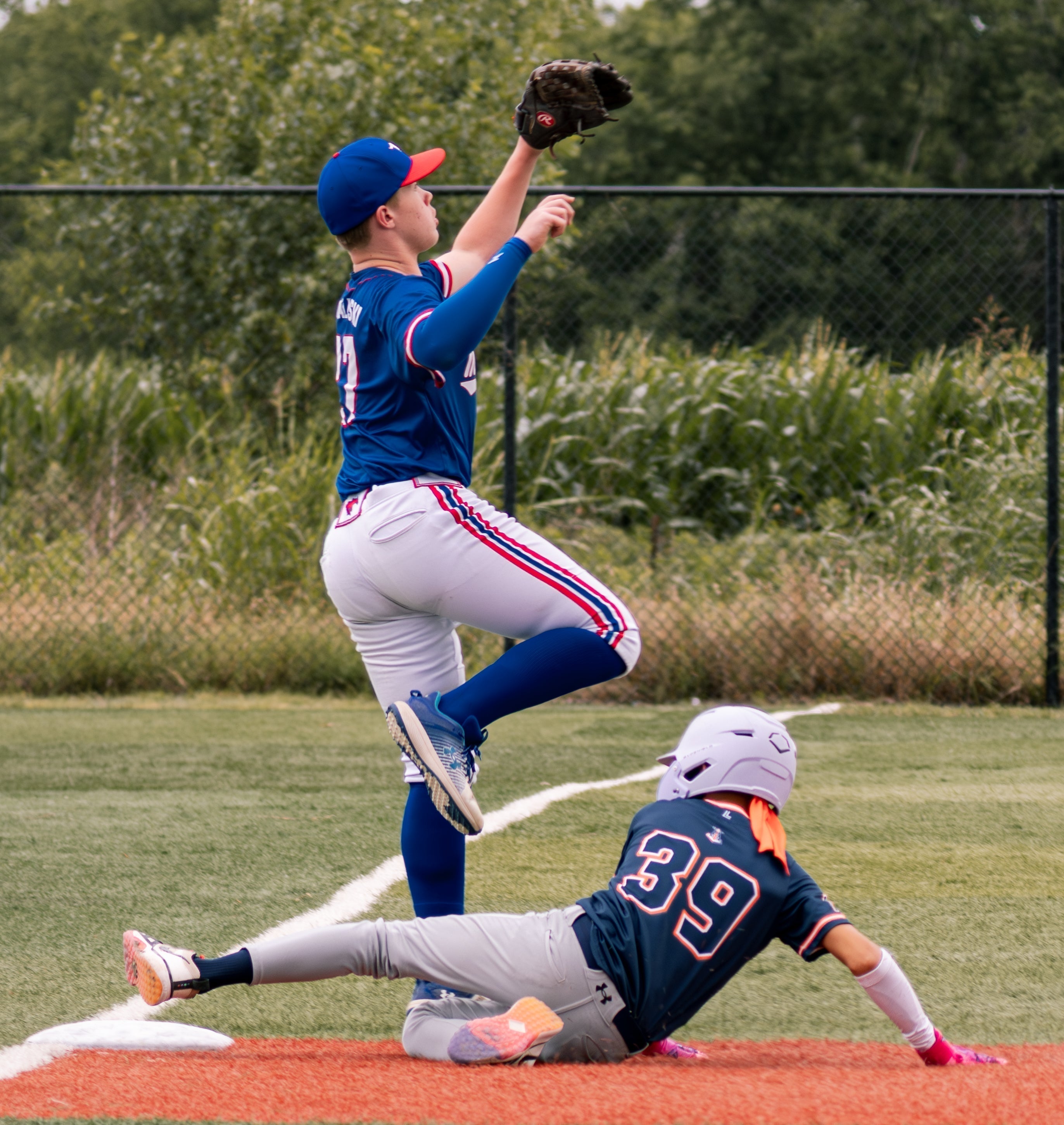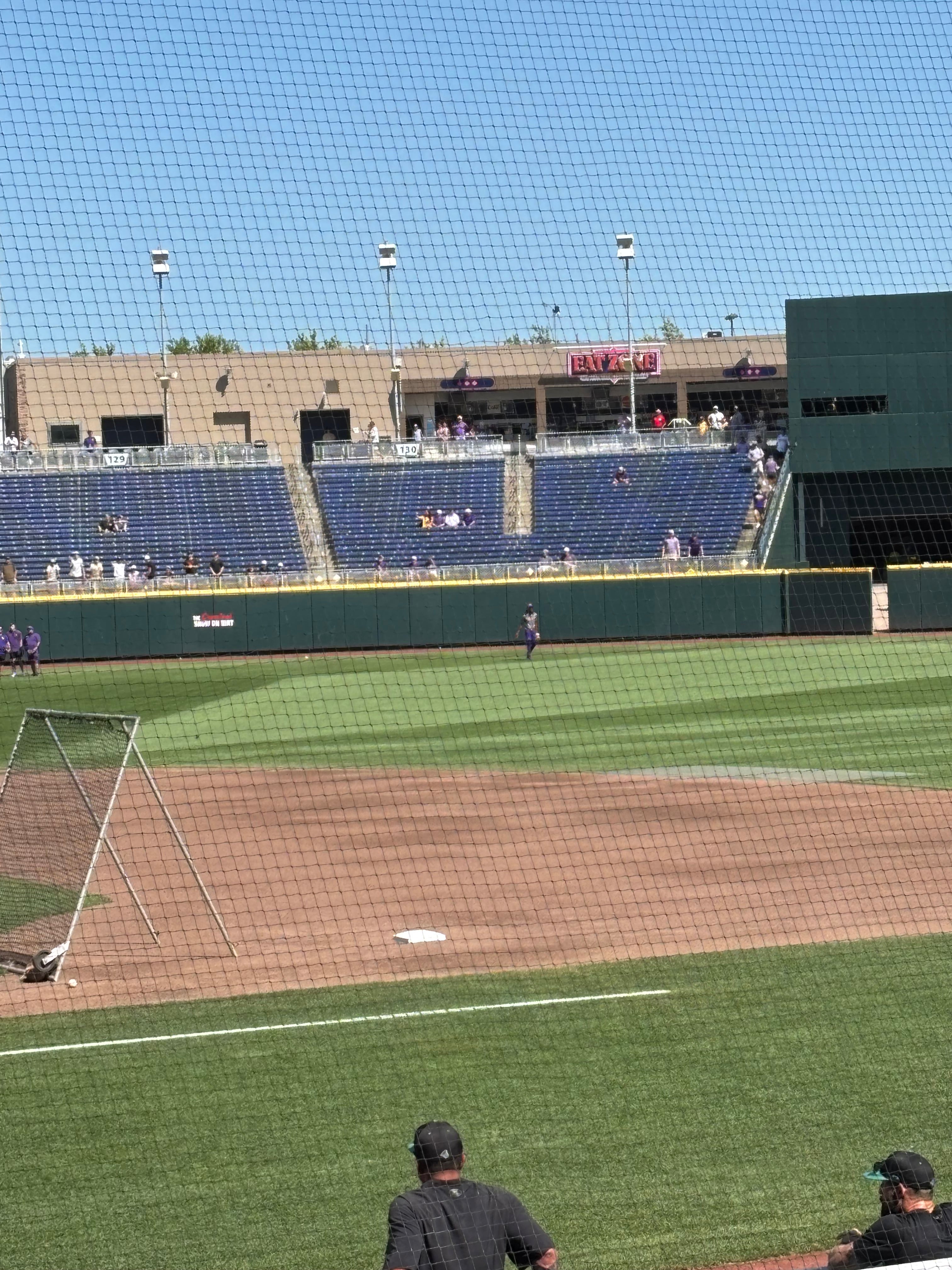
MLB Players Overcome by Extreme Heat — How HeatSense Could Have Made a Difference
Major League Baseball Faced a Heat Test—Here’s How Data Could Have HelpedThis past weekend, Major League Baseball wasn’t just battling rival teams—it was battling the heat. During a dangerous heat wave stretching across the Midwest, multiple players and staff were visibly affected by the extreme conditions. In St. Louis, Reds shortstop Elly De La Cruz showed signs of heat-related strain. In Chicago, Mariners reliever Trent Thornton exited the game early after feeling ill, and umpire Chad Whitson was unable to continue. These weren’t isolated incidents—they were warnings. What Was the Heat Actually Like?The air temperatures alone were punishing:
But Wet-Bulb Globe Temperature (WBGT)—a more comprehensive measure of environmental heat stress—tells a fuller story: St. Louis (June 22)
Chicago (June 22)
Despite these conditions, games proceeded without scheduled cooling breaks or real-time individual monitoring. What Could HeatSense Have Supported?This is where real-time heat data from a tool like HeatSense can provide value—not with guesswork, but with visibility and early alerts that empower informed decisions:
The Bottom LineThese games were played in conditions that safety guidelines classify as high risk for heat-related stress after just 20–30 minutes. Yet players remained on the field for hours—raising serious concerns about long-term athlete well-being. HeatSense doesn’t wait for a collapse to take action. It helps staff and teams see strain before it escalates. In a hotter, more unpredictable world, proactive heat visibility isn’t just helpful—it’s becoming essential. |

